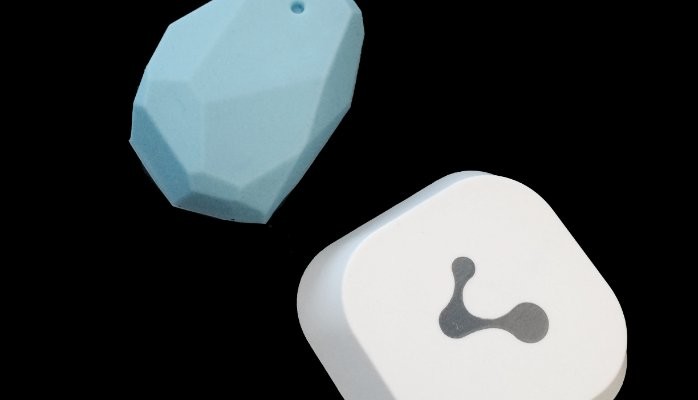
iBeacons in Higher Education
I first heard about iBeacons about 2 years ago. At the time I was working at a University where I was involved in websites, mobile apps and augmented reality. When iBeacons were mentioned I thought they sounded quite cool but couldn’t see much of a use case in a Higher Education setting.
Strangely enough the first person I heard talking about iBeacons was Hugh Griffiths (CEO and founder of oMbiel - the company where I now work) and at that time Hugh saw that there was potential for using them in a HE setting but no-one really knew what it was.
Recently that’s changed.
First, let’s have a bit of background. If you don’t know what iBeacons are here’s a brief overview - they are small physical devices that can be placed pretty much anywhere - on a wall, ceiling, even on something like a computer, and they enable mobile apps to understand their position on a micro-local scale using Bluetooth Low Energy (BLE). They don’t need an internet connection or power in order to work, and have a long battery life of up to 3 years.
They have mainly been used in retail, and what happens in practice is that when you go into a shop you could get a special offer sent directly to your phone, whilst shops can assess user behaviour by tracking hot-spots and points of interest.
Like I say - cool - but what about Higher Education?
We have recently been working to develop an Attendance Monitoring solution that utilizes iBeacon technology. Universities need to record students attendance in lectures but traditional systems can be very expensive and difficult to set up.
campusM Attendance Monitoring offers a simple, cost effective solution - a student simply walks into a room, the app checks to see if the student has a class running there and if so, records their attendance. It’s that easy. There’s no need for any support from the Academic staff - it just works.
Whilst doing research on iBeacons I’ve become convinced that this is just the tip of the iceberg and there are so many other ways that HE could use them. There are exciting times ahead and I look forward to seeing how this and other emerging technologies are used to enhance the student experience.

Dedicated marketing professional specialising in Product Marketing and championing the customer voice.
9yThanks Alison - all good here, hope you are ok
Interesting post Jackie, thanks for sharing. Hope you're ok
Dedicated marketing professional specialising in Product Marketing and championing the customer voice.
9yThanks Devika Girish :-)
Head of Content & Growth at OPEN
9yGreat post Jackie. I totally agree with what you said. Though beacons are popularly known for their for use-cases in the retail industry, there are a number of ways beacons can help student experience at universities. And like you said, taking student attendance is one of them. Another interesting use case could be leveraging beacon technology to allow staff and students to control and interact with the physical space around them such as in-room lights, projectors and screens, using smartphones. We’ve listed 5 different ways in which beacons are transforming customer engagement across different verticals here: http://blog.beaconstac.com/how-beacons-can-help-enhance-customer-engagement/
Dedicated marketing professional specialising in Product Marketing and championing the customer voice.
9yI'd be interested to know your thoughts about this Craig Leonard and Francesca R.